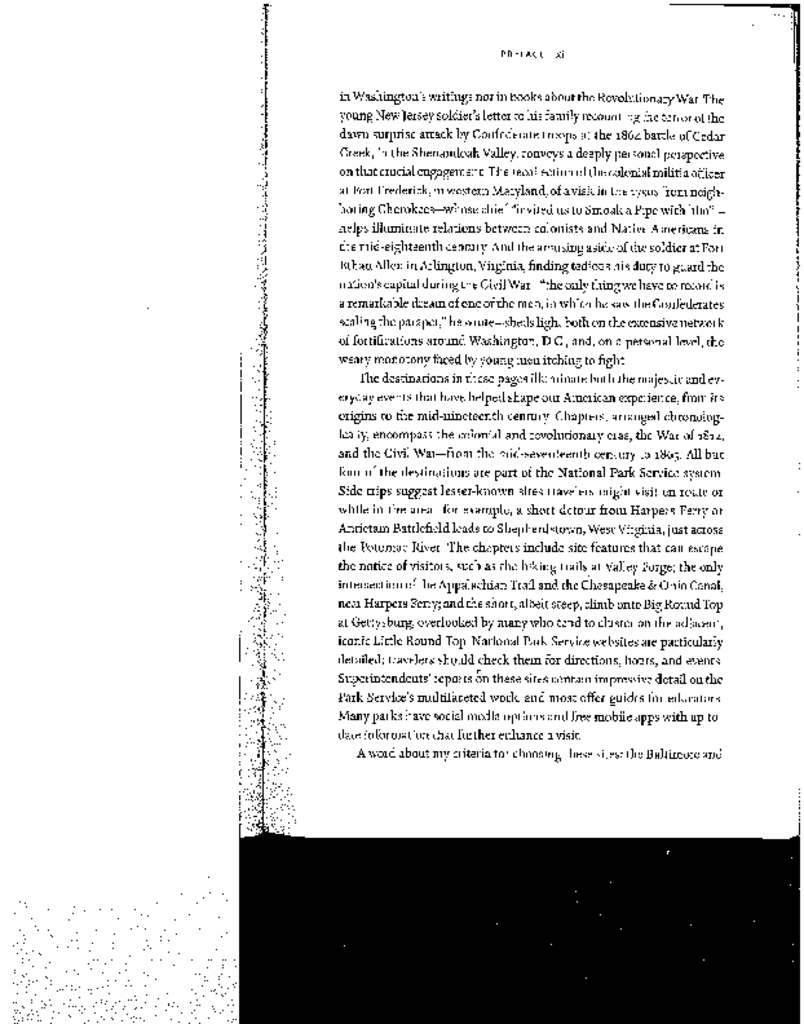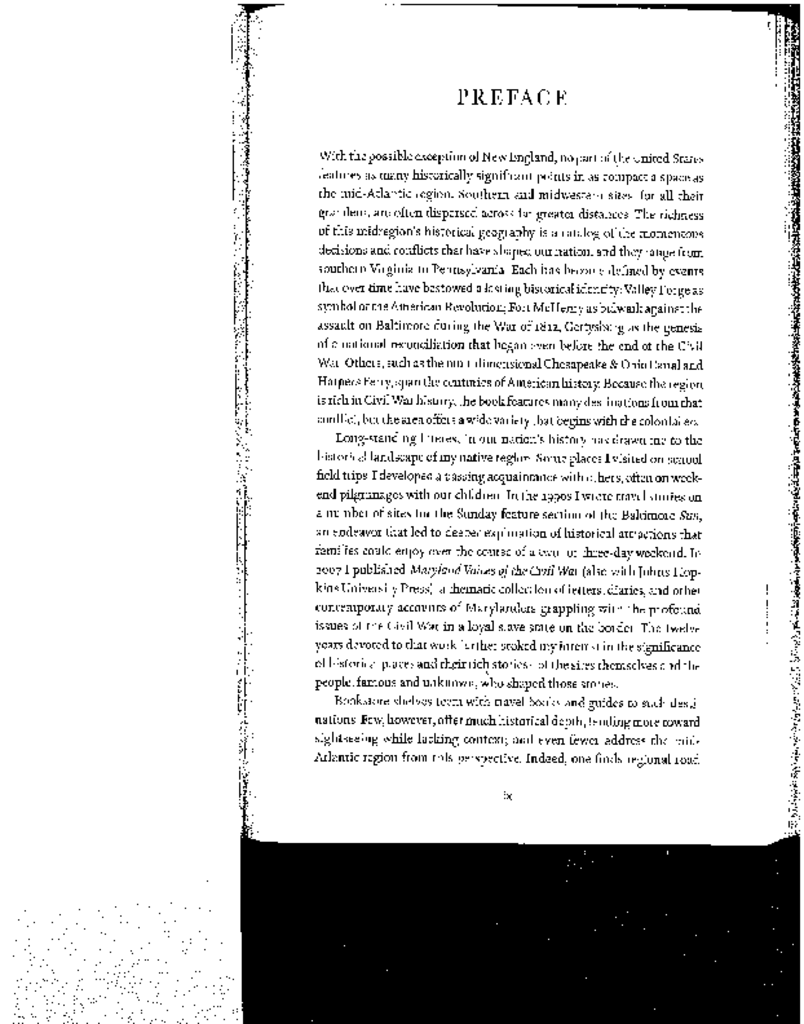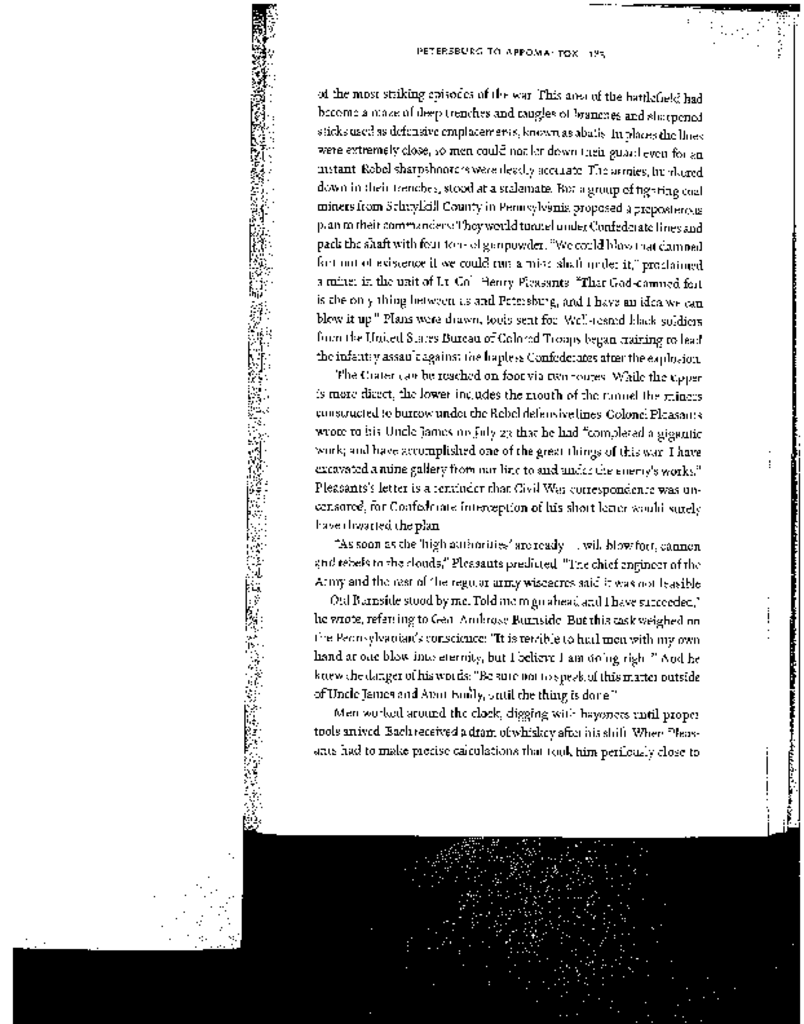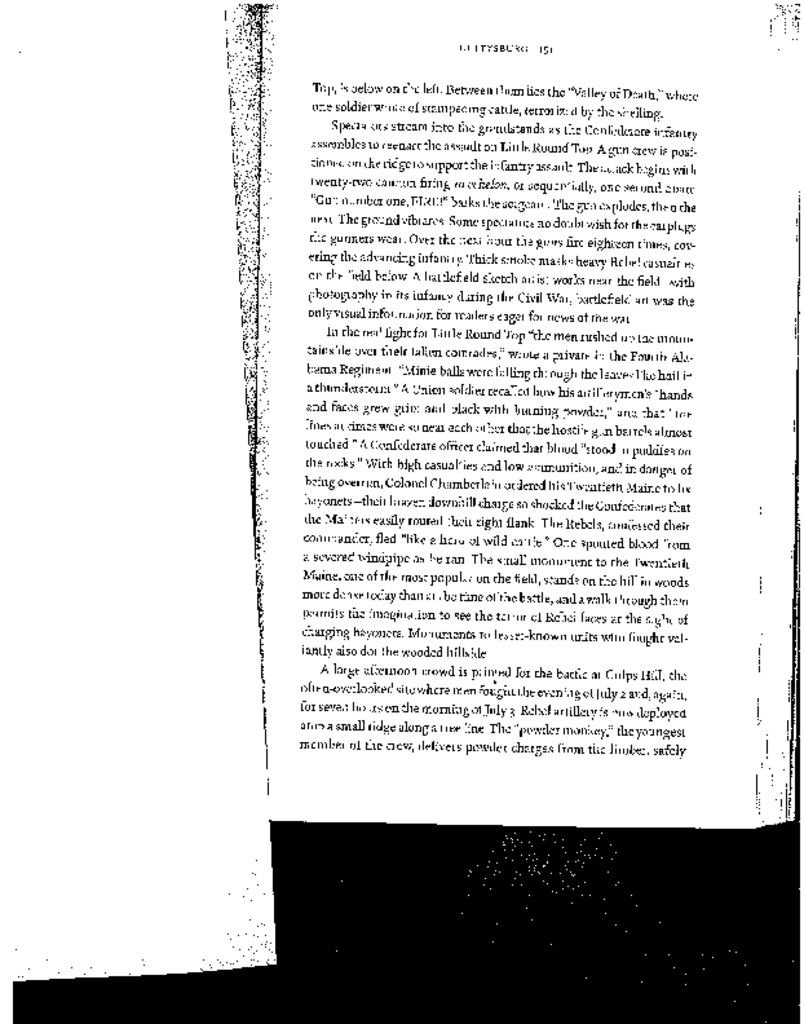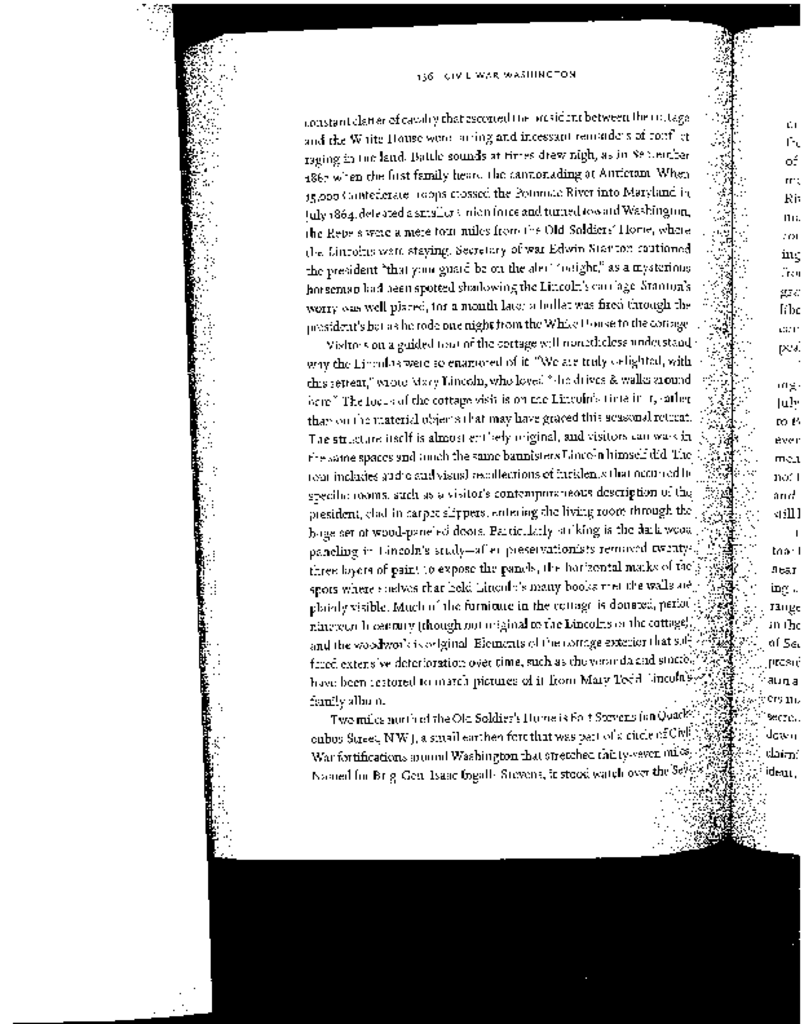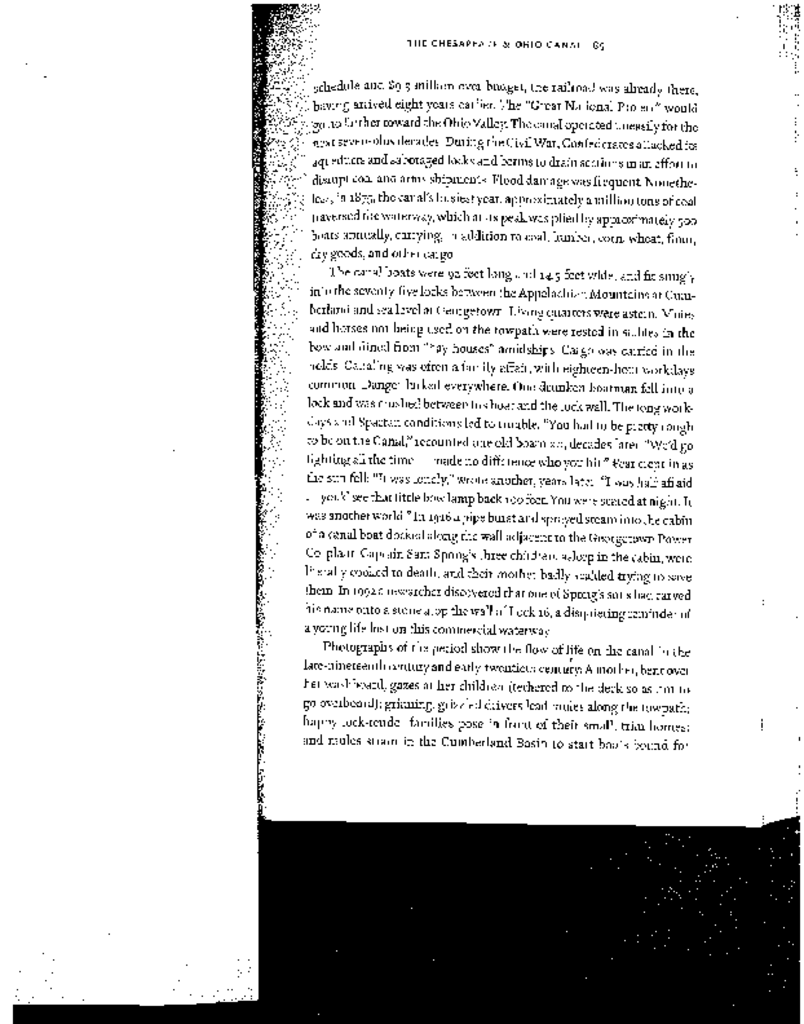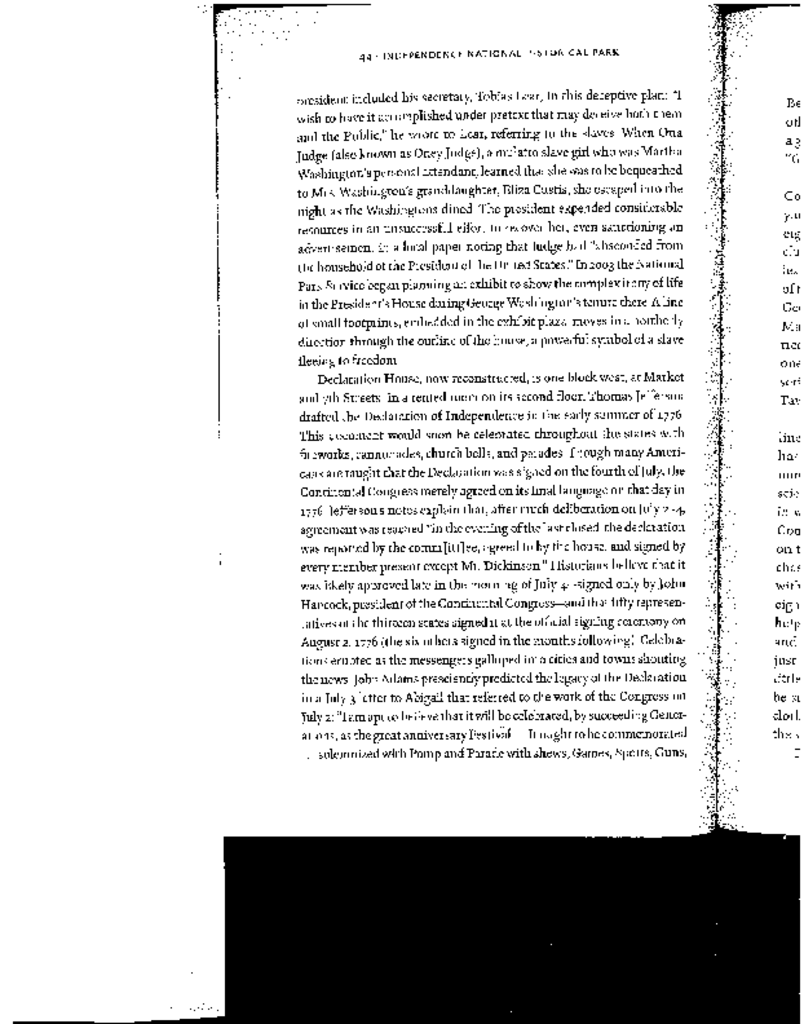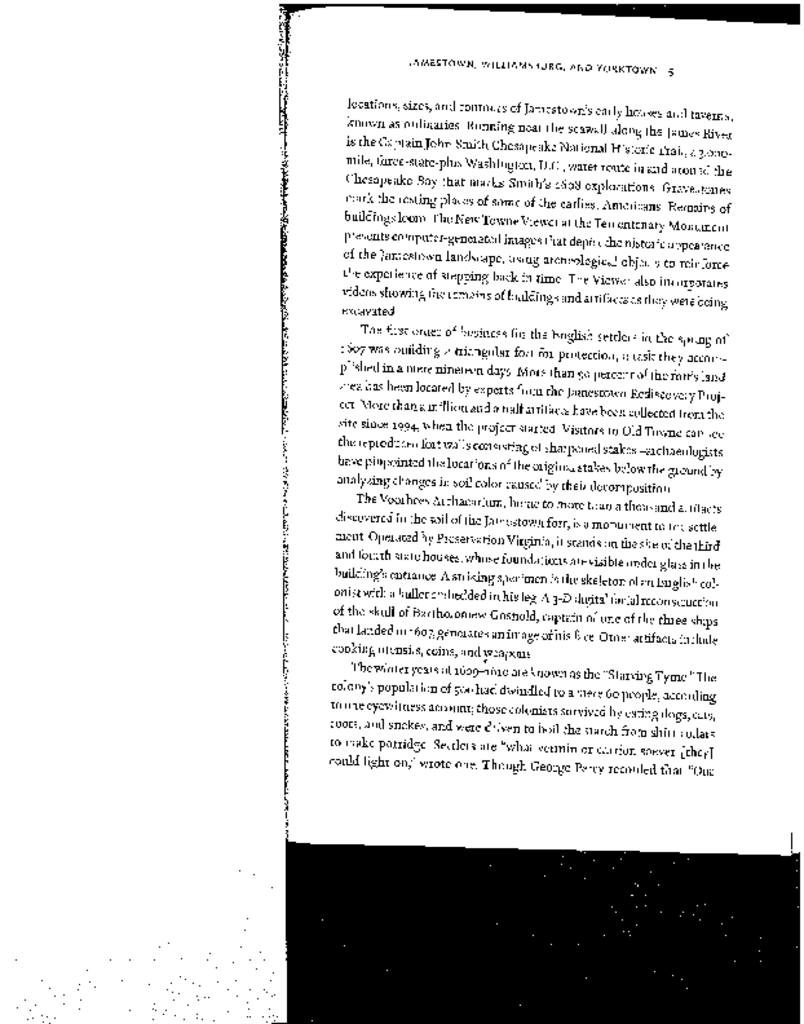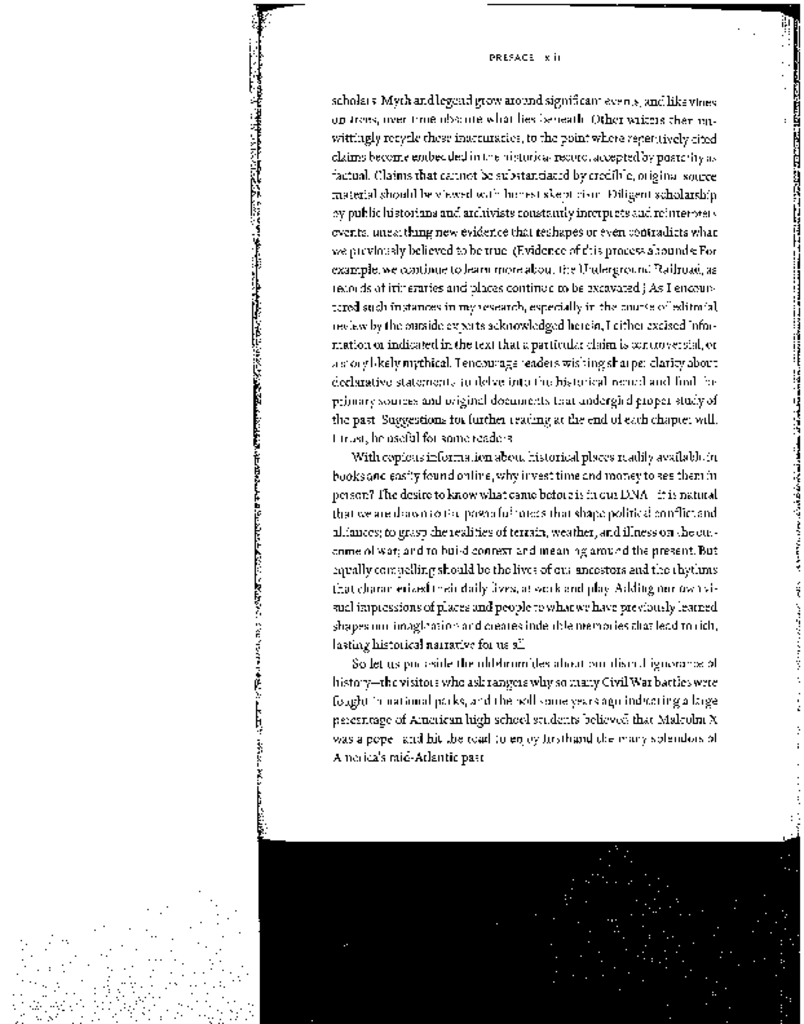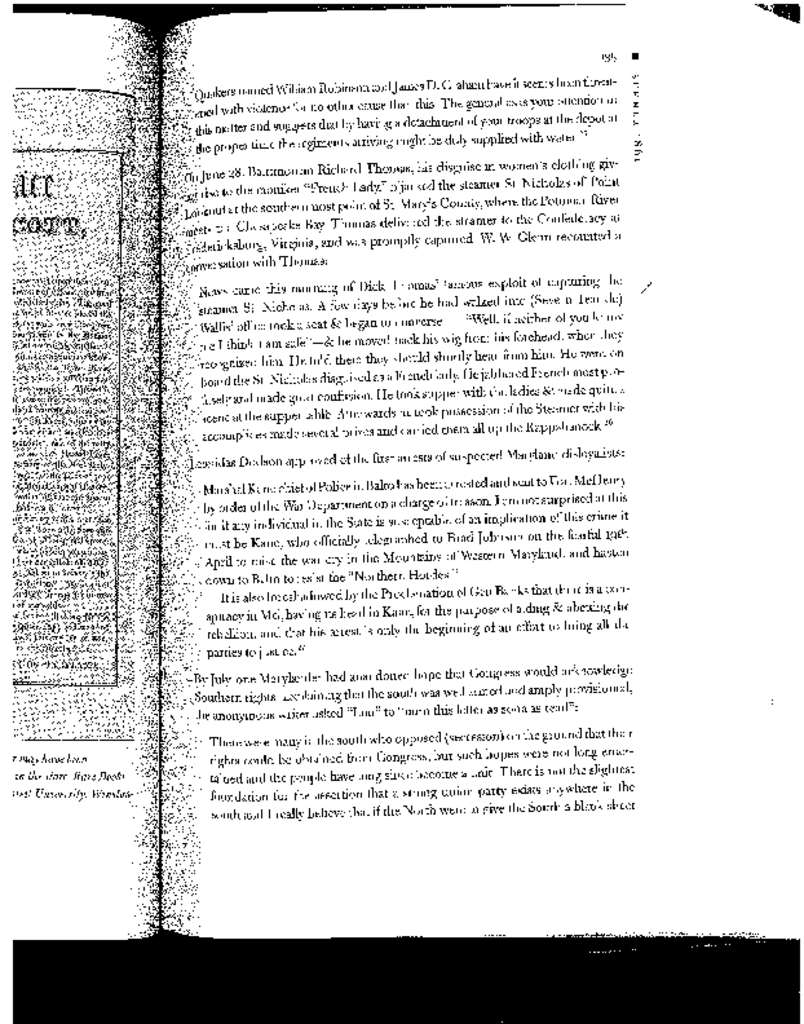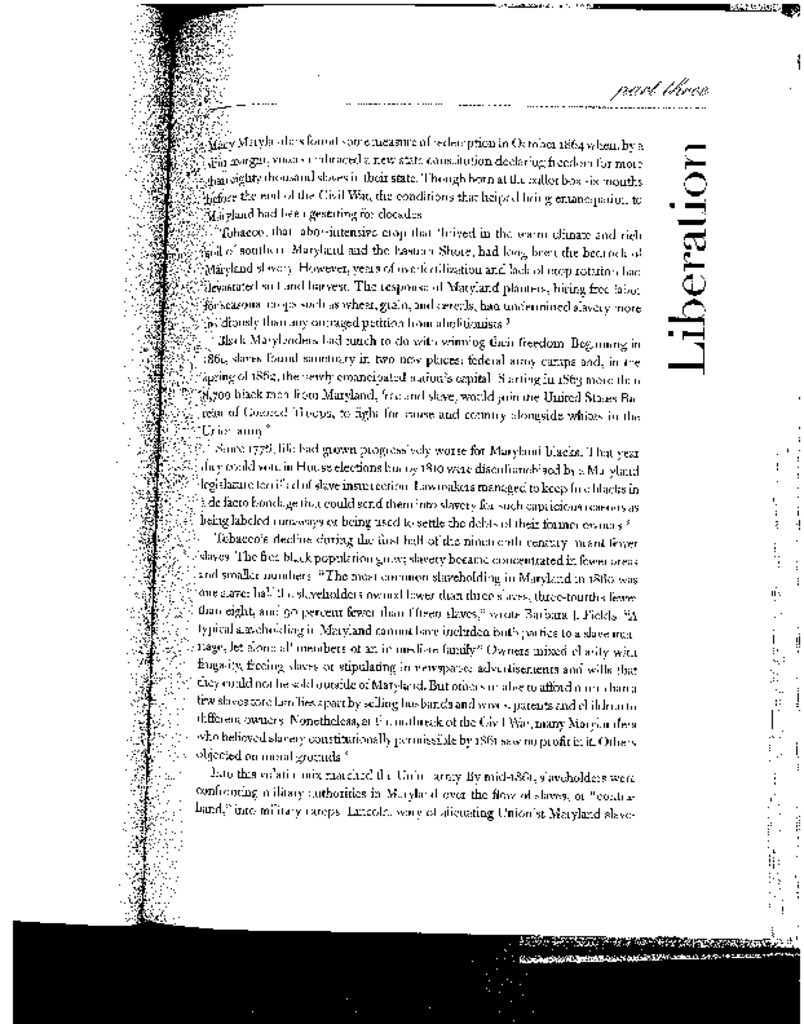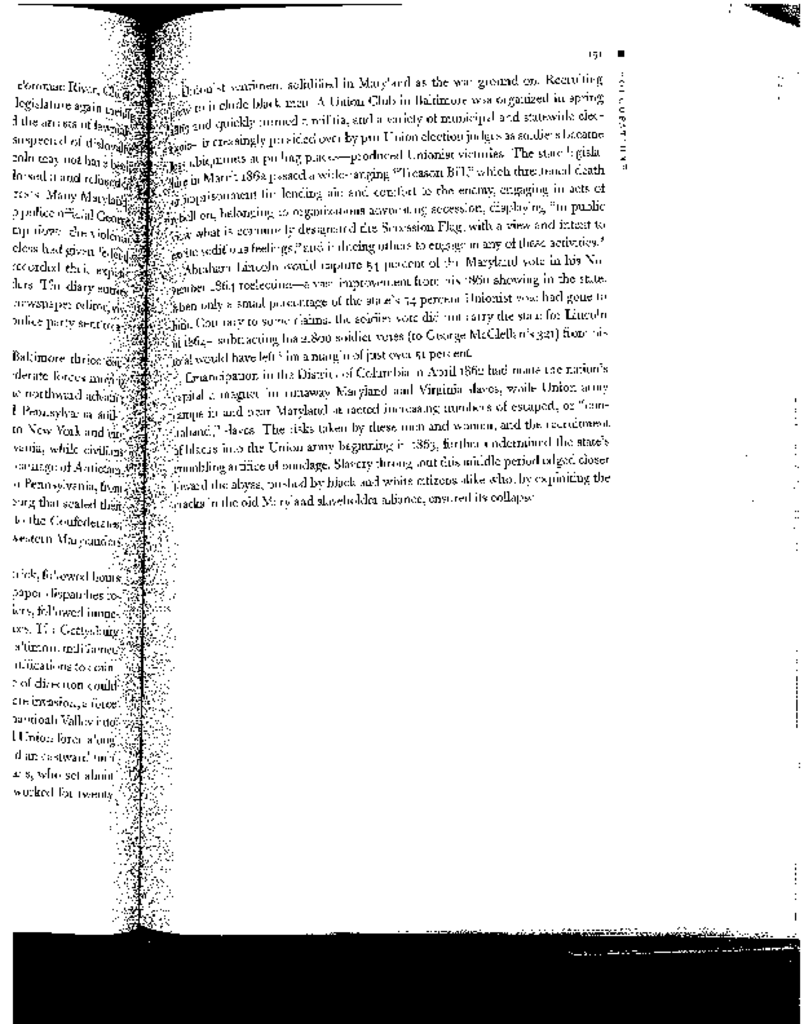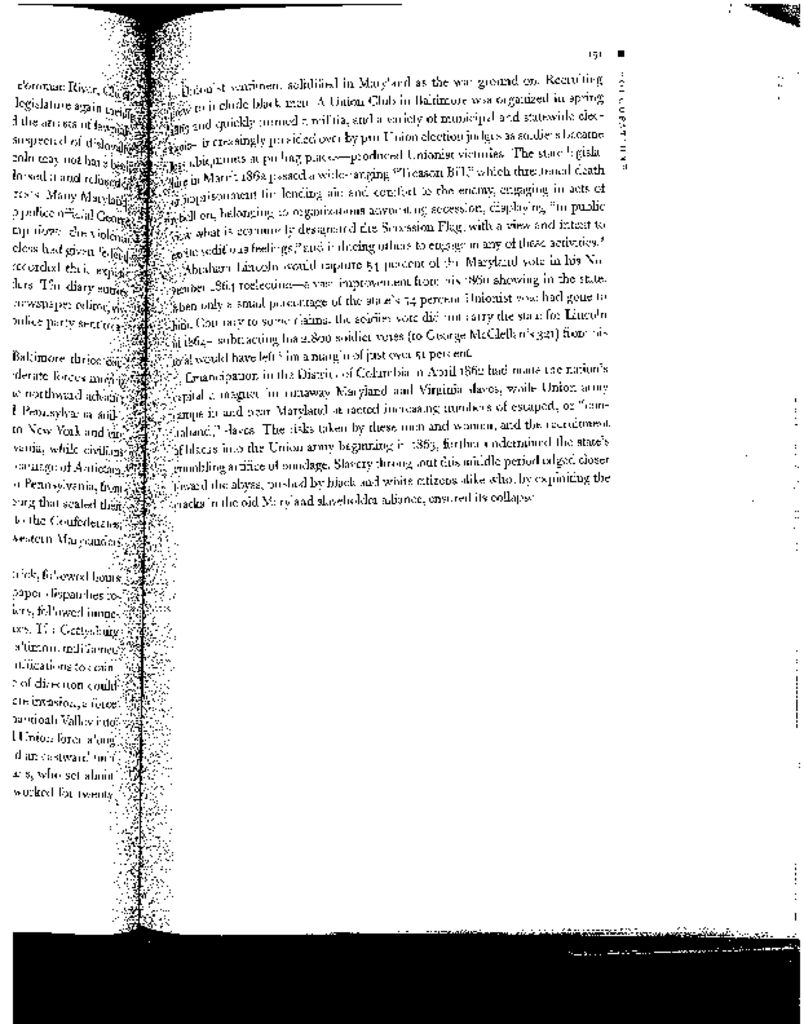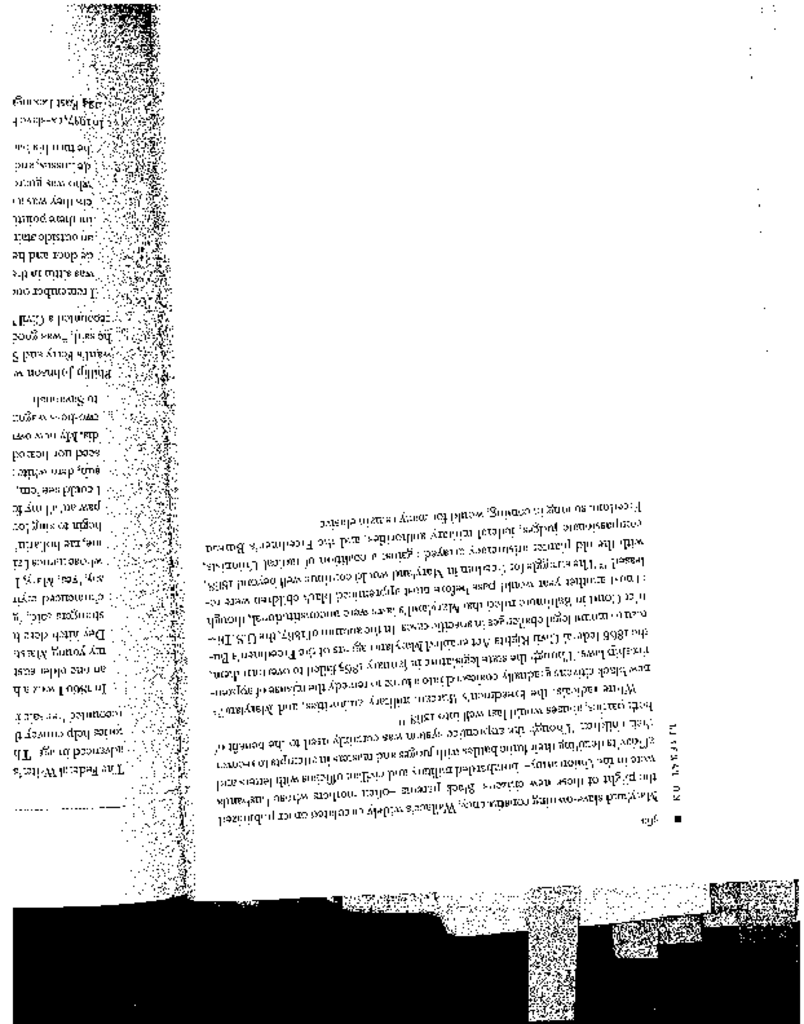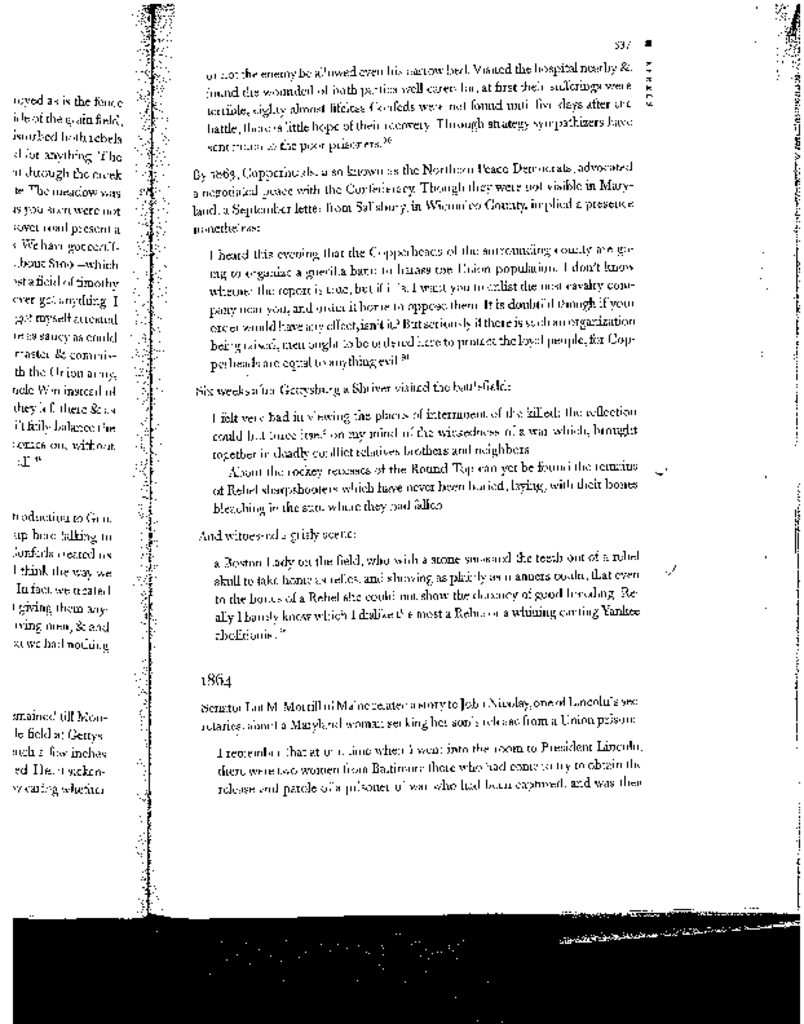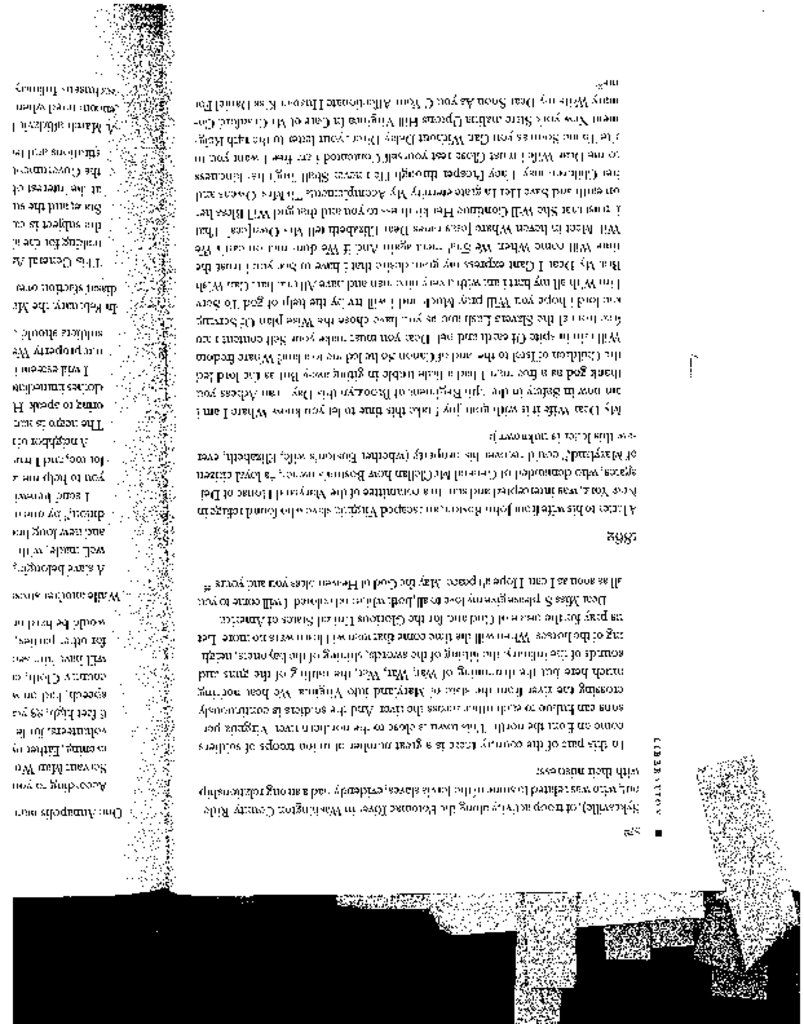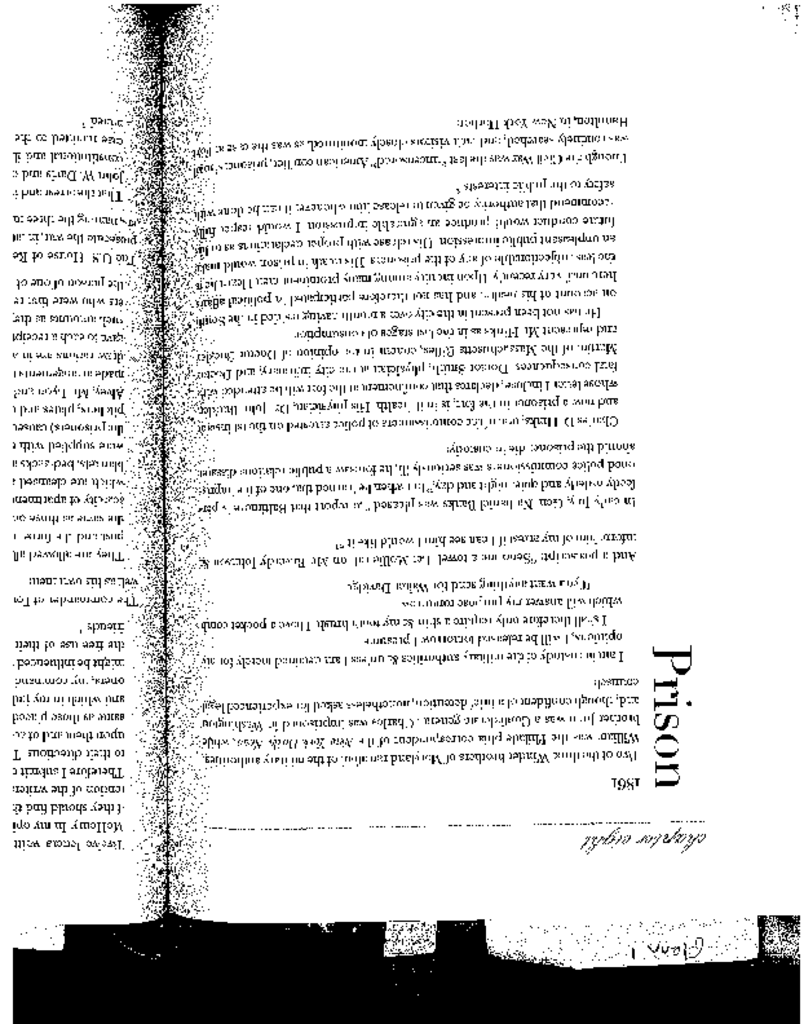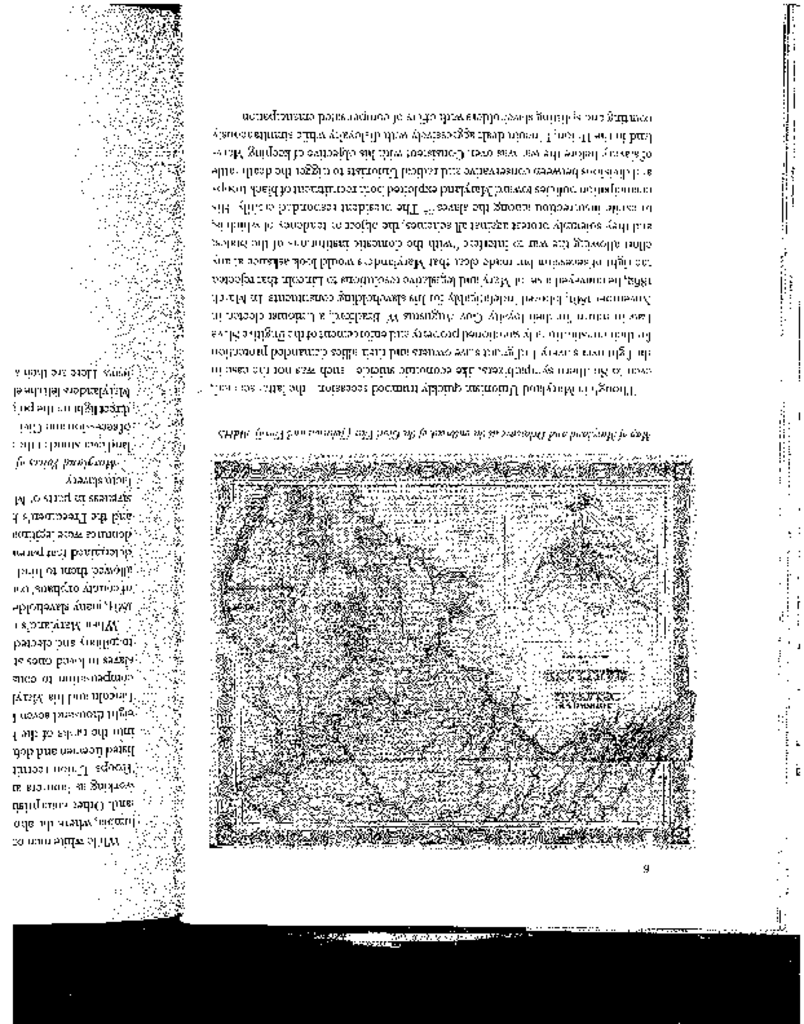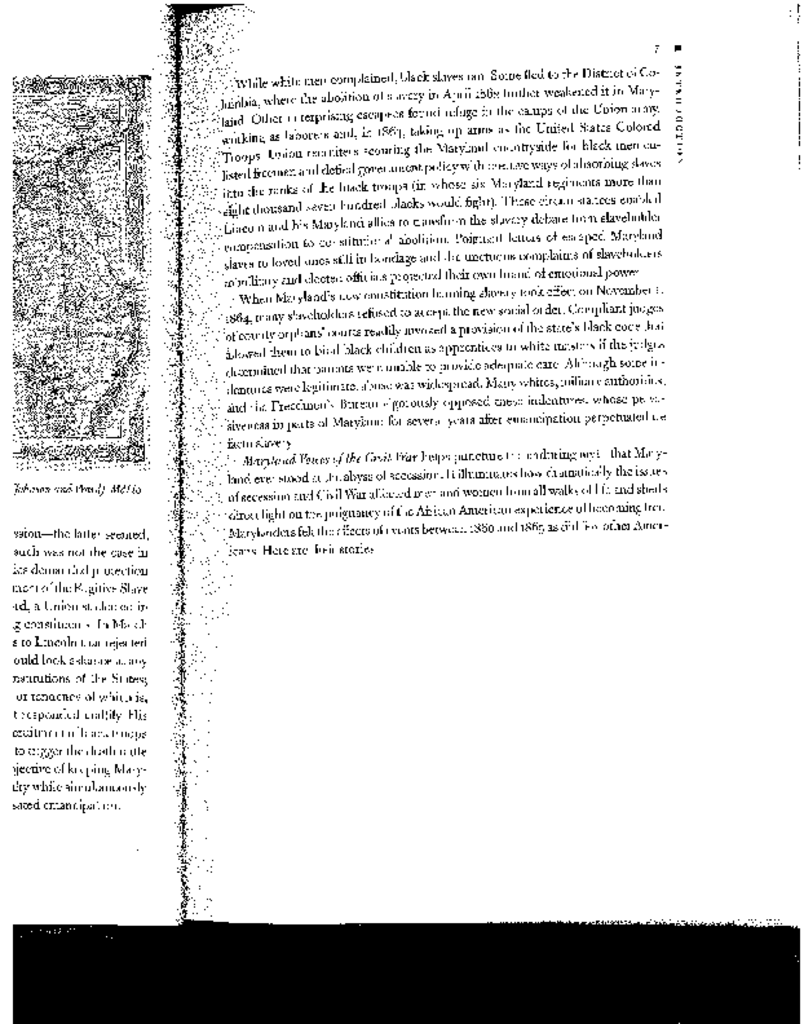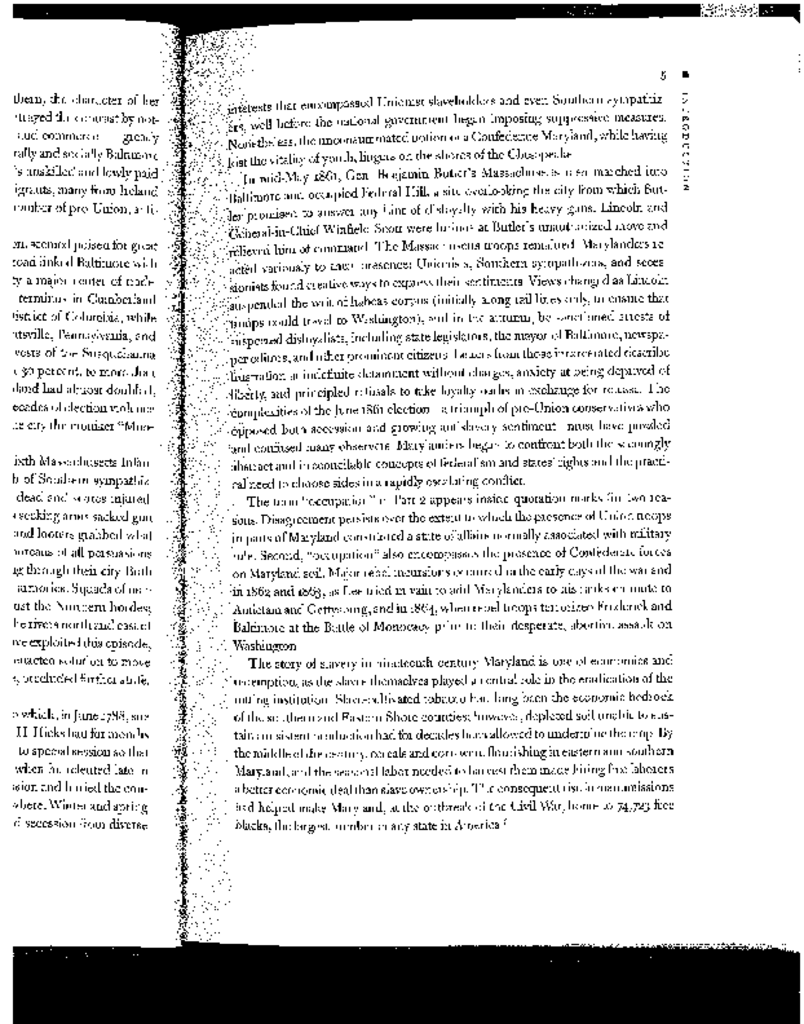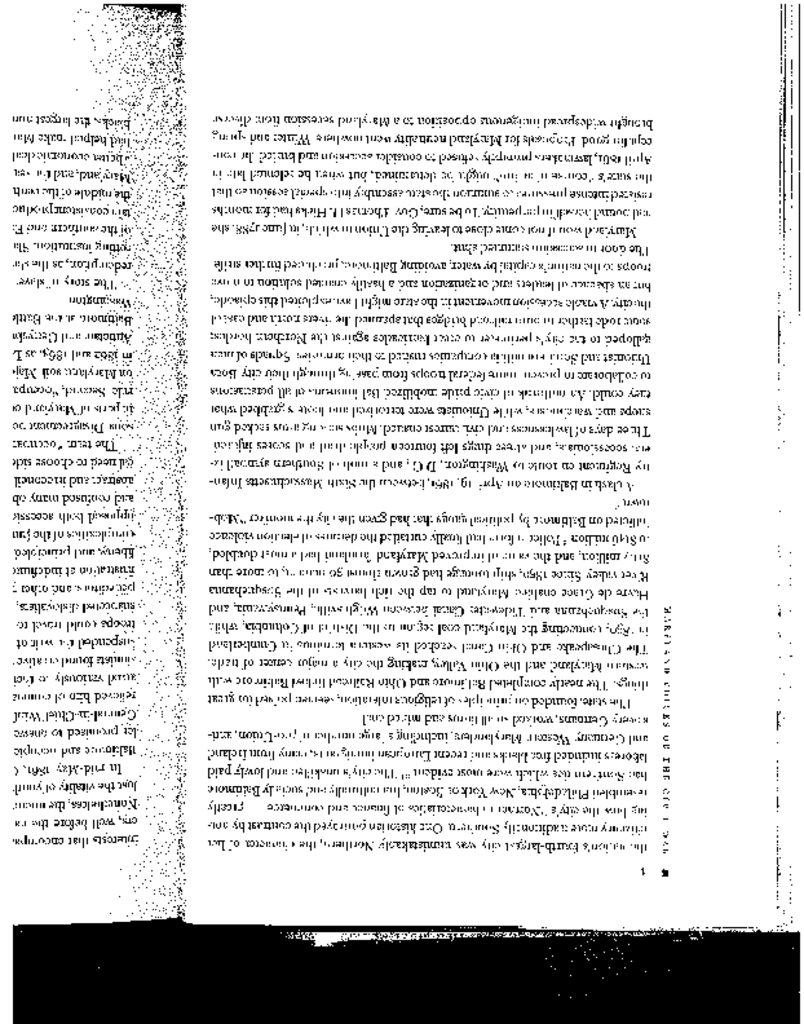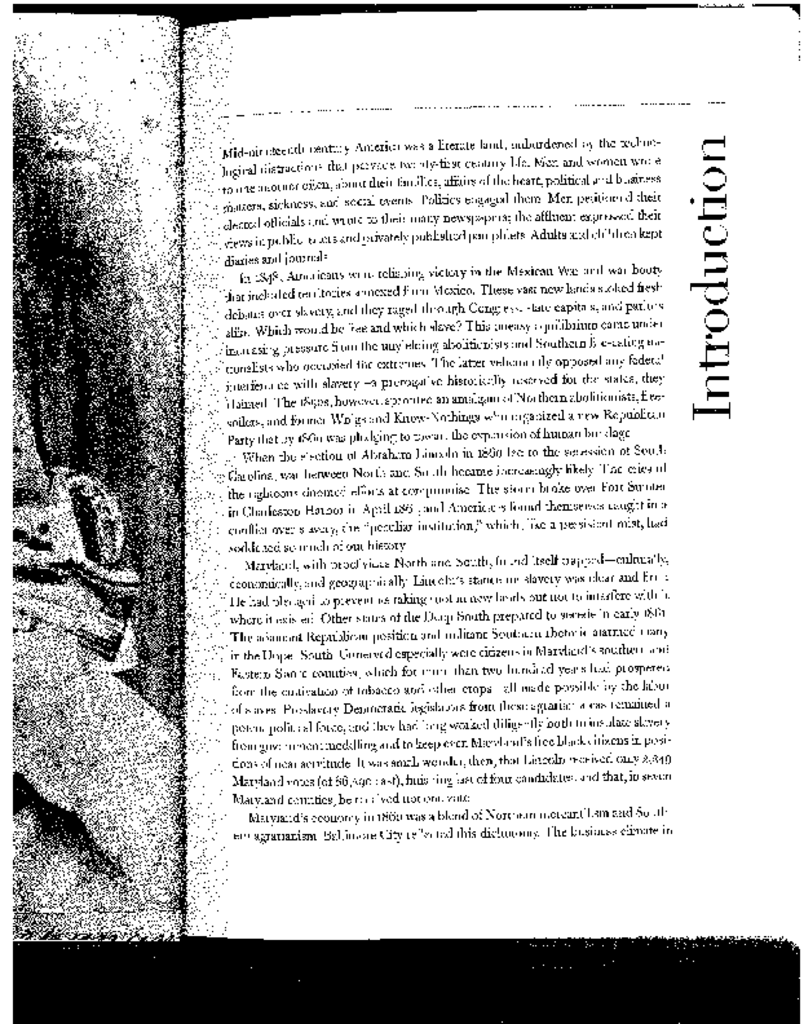About Charles
Charles W. Mitchell is author of "Maryland Voices of the Civil War" (2007) and "Travels Through American History in the Mid-Atlantic" (2014), both published by Johns Hopkins University Press. "Maryland Voices" won the 2008 Founders Award from the Museum of the Confederacy, for outstanding scholarship on the Confederate period. "Travels Through American History in the Mid-Atlantic won Lowell Thomas Gold Award from the Society of American Travel Writers in the guidebook category.
… more
… more
Jump to a project:
Travels Through American History in the Mid-Atlantic: A Guide for All Ages
An engaging blend of historical narrative and travel guidance for adults and children visiting sites in Pennsylvania, Maryland, the nation's capital and the Potomac Valley, Virginia and West Virginia (16 destinations in all). Each chapter begins with the most significant and attractive features of its subject site and closes with "side trips" (other historical places in the area) and reading suggestions. Quotations from soldiers, politicians and a range of civilians lend historical context and help to humanize places such as Valley Forge, Gettysburg, Fort McHenry, Yorktown, Civil War Washington and the C&O Canal. Maps drawn by hand from period sources reveal the physical and topographic features, such as rivers, mountains and roads that were integral to each site's place in American history.
-
Jamestown"The first order of business for the English settlers in the spring of 1607 was building a triangular fort for protection, a task they accomplished in a mere nineteen days. More than 90 percent of the fort's land area has been located by experts from the Jamestown Rediscovery Project. More than a million and a half artifacts have been collected from the site since 1994, when the project started. Visitors to Old Towne can see the reproduced fort walls consisting of sharpened stakes--archaeologists have pinpointed the locations of the original stakes below the ground by analyzing changes in soil color caused by their decomposition."
-
Preface xi"The young New Jersey soldier's letter to his family recounting the terror of the dawn surprise attack by Confederate troops at the 1864 battle of Cedar Creek, in the Shenandoah Valley, conveys a deeply personal perspective on that crucial engagement. The recollection of the colonial militia officer at Fort Frederick, in western Maryland, of a visit in the 1750s from neighboring Cherokees--whose chief 'invited us to Smoak a Pipe with him'--helps illuminate relations between colonists and Native Americans in the mid-eighteenth century.
-
Preface ix"With the possible exception of New England, no part of the United States features as many historically significant points in as compact a space as the mid-Atlantic region...the richness of this mid-region's historical geography is a catalog of the momentous decisions and conflicts that have shaped our nation...each has become defined by events that over time have bestowed a lasting historical identity: Valley Forge as symbol of the American Revolution; Fort McHenry as bulwark against the assault on Baltimore during the War of 1812; Gettysburg as the genesis of a national reconciliation that began even before the Civil War...in the 1990's I wrote travel stories on a number of sites for the Sunday feature section of the Baltimore Sun, an endeavor that led to deeper exploration of historical attractions that families could enjoy over the course of a two- or three-day weekend."
-
The Siege of Petersburg"This area of the battlefield had become a maze of deep trenches and tangles of branches and sharpened sticks used as defensive emplacements, known as abatis. In places the lines were extremely close, so the men could not let down their guard even for an instant. Rebel sharpshooters were deadly accurate. The armies, hunkered down in their trenches, stood at a stalemate. But a group of fighting coal miners from Schuylkill County in Pennsylvania proposed a preposterous plan to their commanders: They would tunnel under Confederate lines and pack the shaft with four tons of gunpowder...plans were drawn, tools sent for...men worked around the clock, digging with bayonets until proper tools arrived. Each received a dram of whiskey after his shift."
-
Gettysburg National Military Park"Spectators stream into the grandstands as the Confederate infantry assembles to reenact the assault on Little Round Top. A gun crew is positioned on the ridge to support the infantry assault. The attack begins with twenty-two cannon firing in echelon, or sequentially, one second apart...the 'powder monkey,' the youngest member of the crew, delivers powder charges from the limber, safely behind the line."
-
Civil War Washington"The focus of the cottage visit is on the Lincoln's time in it, rather than on the material objects that may have graced this seasonal retreat. The structure itself is almost entirely original, and visitors can walk in the same spaces and touch the same bannister Lincoln himself did. The tour includes audio and visual recollections of incidents that occurred in specific rooms, such as a visitor's contemporaneous description of the president, clad in carpet slippers, entering the living room through the huge set of wood-paneled doors. Particularly striking is the dark wood paneling in Lincoln's study--after preservationists removed twenty-three layers of paint to expose the panels, the horizontal marks of the spots where shelves that held Lincoln's many books met the walls are plainly visible."
-
Map: Washington's Civil War fortificationsMap, drawn from period sources, showing the network of fortifications that protected Washington, D.C., during the Civil War. The capital was especially vulnerable to Confederate incursions from the west and, via the Potomac River, from the south. While a few forts, such as Forts Washington and Ward, were substantial installations, many forts consisted simply of earthen walls and berms.
-
The Chesapeake and Ohio Canal"The canal boats were 92 feet long and 14.5 feet wide, and fit snugly into the seventy-five locks between the Appalachian Mountains at Cumberland and sea level at Georgetown. Living quarters were astern. Mules and horses not being used on the towpath were rested in stables in the bow and dined from 'hay houses' amidships. Cargo was carried in the holds. Canaling was often a family affair, with eighteen-hour workdays common. Danger lurked everywhere. One drunken boatman fell into a lock and was crushed between his boat and a lock wall. The long workdays and Spartan conditions led to trouble."
-
Independence National Historical Park"When Ona Judge, a mulatto slave girl who was Martha Washington's personal attendant, learned that she was to be bequeathed to Mrs. Washington's granddaughter, Eliza Custis, she escaped into the night as the Washingtons dined. The president expended considerable resources in an unsuccessful effort to recover her, even sanctioning an advertisement in a local paper noting that Judge had 'absconded from the household of the President of the United States.' In 2003 the National Park Service began planning an exhibit to show the complex irony of life in the President's House during George Washington's tenure there."
-
Preface xiii"The desire to know what came before is in our DNA--it is natural that we are drawn to the powerful forces that shape political conflict and alliances; to grasp the realities of terrain, weather, and illness on the outcome of war; and to build context and meaning around the present. But equally compelling should be the lives of our ancestors and the rhythms that characterized their daily lives, at work and play. Adding our own visual impressions of places and people to what we have previously learned shapes our imagination and creates indelible memories that lead to rich, lasting historical narrative for us all. So let us put aside the old bromides about our dismal ignorance of history--the visitors who ask rangers why so many Civil War battles were fought in national parks, and the poll some years ago indicating a large percentage of American high school students believed that Malcolm X was a pope--and hit the road to enjoy firsthand the many splendors of America's mid-Atlantic past."
Maryland Voices of the Civil War
The Civil War deeply divided families, friends and communities. No state was more torn over issues of Unionism, secession and the crucial issue of slavery than Maryland, which lay on the border between north and south and whose secession would have surrounded the nation's capital with Confederate territory. While much scholarship has examined the military dimension of the Civil War, only relatively recently have scholars begun to examine the impacts of the war on civilians. My book, the result of 12 years of archival research and writing, draws upon hundreds of letters, diaries, and period newspapers—most previously unpublished—to portray the passions of a wide variety of Maryland civilians, such as merchants, slaves, soldiers, politicians, freedmen, women, clergy, slaves, farmers and children.
Rather than write a traditional narrative history of the war from the civilian perspective, I chose to offer readers the words of those Marylanders caught in the conflict, introducing each primary document (letter, diary entry, newspaper article, broadside, song sheet, etc.) with a headnote identifying the writer or recipient. The goal was to provide some historical context for the documents selected, then organize them into thematic topics such as the presence of rebel troops in Maryland, the travails of Marylanders arrested and imprisoned on suspicion of disloyalty, the recruitment of African Americans into the Union Army and the emancipation of slaves in Maryland, which occurred on November 1, 1864, prior to the war's end.
Rather than write a traditional narrative history of the war from the civilian perspective, I chose to offer readers the words of those Marylanders caught in the conflict, introducing each primary document (letter, diary entry, newspaper article, broadside, song sheet, etc.) with a headnote identifying the writer or recipient. The goal was to provide some historical context for the documents selected, then organize them into thematic topics such as the presence of rebel troops in Maryland, the travails of Marylanders arrested and imprisoned on suspicion of disloyalty, the recruitment of African Americans into the Union Army and the emancipation of slaves in Maryland, which occurred on November 1, 1864, prior to the war's end.
-
Richard Thomas hijacks a ship"On June 28 (1861), Baltimorean Richard Thomas, his disguise in women's clothing giving rise to the moniker "French Lady,' hijacked the steamer St. Nicholas off Point Lookout at the southernmost point of St. Mary's County, where the Potomac River meets the Chesapeake Bay. Thomas delivered the steamer to the Confederacy at Fredericksburg, Virginia, and was promptly captured."
-
Part 3-Liberation"Most Marylanders found some measure of redemption in October 1864 when, by a slim margin, voters embraced a new state constitution declaring freedom for more than eighty thousand slaves in their state. Though born at the ballot box six months before the end of the Civil War, the conditions that helped bring emancipation to Maryland had been gestating for decades."
-
An escaped slave writes to his wife, still enslavedA letter to his wife from John Boston, an escaped Maryland slave who found refuge with a New York regiment, was intercepted and sent to a committee of the Maryland House of Delegates, who demanded of General McClellan how Boston's owner, 'a loyal citizen of Maryland,' could recover his property (whether Boston's wife, Elizabeth, ever saw this letter is unknown)."
-
Part 2-Occupation"The risks taken by these men and women, and the recruitment of blacks into the Union army beginning in 1863, further undermined the state's crumbling artifice of bondage. Slavery throughout this middle period edged closer toward the abyss, pushed by black and white citizens alike who, by exploiting the cracks in the old Maryland slaveholder alliance, ensured its collapse."
-
Part 2-Occupation"The tumultuous middle years of Maryland's Civil War brought systematic efforts to suppress dissent through arrests and imprisonment, consolidation of Unionism that further minimized likelihood of secession, federal and Confederate troops occupying parts of Maryland, and two battles on the state's soil (one still the single bloodiest day in American history)...Marylanders were detained on the slightest suspicion of Southern sympathies--some were offered freedom in exchange for a loyalty oath, while others faced indefinite imprisonment with no charges."
-
Part 3-Liberation"In the autumn of 1867, the U.S. District Court in Baltimore ruled that Maryland's laws were unconstitutional, though almost another year would pass before most apprenticed black children were released. The struggle for freedom in Maryland would continue well beyond 1868, with the old planter aristocracy arrayed against a coalition of radical Unionists, compassionate judges, federal military authorities, and the Freedmen's Bureau. Freedom, so long in coming, would for many remain elusive."
-
Letters from Prison"In early July (1861), Gen. Nathaniel Banks was pleased 'to report that Baltimore is perfectly orderly and quiet night and day,' but when he learned that one of the imprisoned police commissioners was seriously ill, he foresaw a public relations disaster should the prisoner die in custody."
-
Part 3-Liberation"Some Maryland slaveholders refused to recognize this new era in Maryland. Within days they invoked Article 6 of the 1860 Maryland Code of Public General Laws, authorizing county Orphans' Courts to 'summon before them the child of any free negro' and apprentice him or her to a white person if 'it would be better for the habits and comfort of such child.' White planters rounded up as many as three thousand black children--in some cases seizing them from their parents--and in wagons and carts hauled them before judges who quickly bound them out as apprentices in conditions that often differed little from slavery."
Maryland Voices of the Civil War
"Maryland Voices of the Civil War" is an in-depth exploration of the civilian experience of the Civil War, employing hundreds of letters, diaries, newspaper and numerous other period documents to illuminate how non-combatants struggled with the realities of war and its devastating effects on their families and livelihoods. The book, which took twelve years to research and write, is organized into three sections, each with a set of themes organized chronologically. In it we hear the voices of women, slaves, clergymen, farmers, children and others as they grapple with the fear, anxiety and deprivations of a war that enveloped them and at times threaten to destroy them. Each document is introduced with an author's head note providing information and context about its writer or its recipient--enabling the author to serve as a guide to the reader while letting these Marylanders speak for themselves.
-
Introduction"While white men complained, black slaves ran. Some fled to the District of Columbia, where the abolition of slavery in April 1862 further weakened it in Maryland. Other enterprising escapees found refuge in the camps of the Union army, working as laborers and, in 1863, taking up arms as the United States Colored Troops...'Maryland Voices of the Civil War' helps puncture the enduring myth that Maryland ever stood at the abyss of secession. It illuminates how dramatically the issues of secession and Civil War affected men and women from all walks of life and sheds direct light on the poignancy of the African American experience of becoming free. Marylanders felt the effects of events between 1860 and 1865 as did few other Americans. Here are their stories."
-
Introduction"Views changed as Lincoln suspended the writ of habeas corpus (initially along the rail lines only, to ensure that troops could travel to Washington), and in the autumn, he sanctioned arrests of suspected disloyalists, including state legislators, the mayor of Baltimore, newspaper editors, and other prominent citizens."
-
Introduction"Maryland would not come close to leaving the Union to which, in June 1788, she had bound herself in perpetuity. To be sure, Gov. Thomas H. Hicks had for months resisted intense pressures to summon the state assembly into special session so that the state's 'course of action' might be determined, but when he relented late in April 1861, lawmakers promptly refused to consider secession and buried the concept for good. Proposals for Maryland neutrality went nowhere."
-
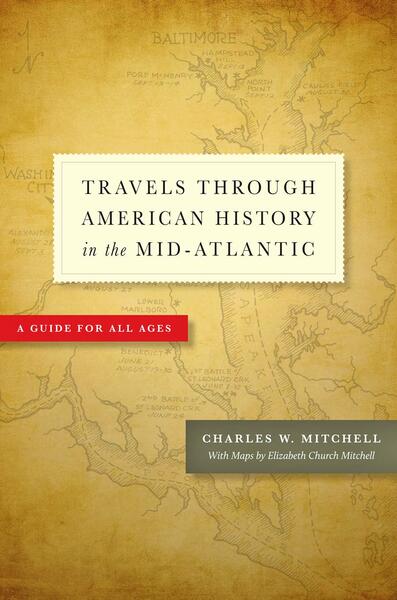 travels.jpg
travels.jpg

